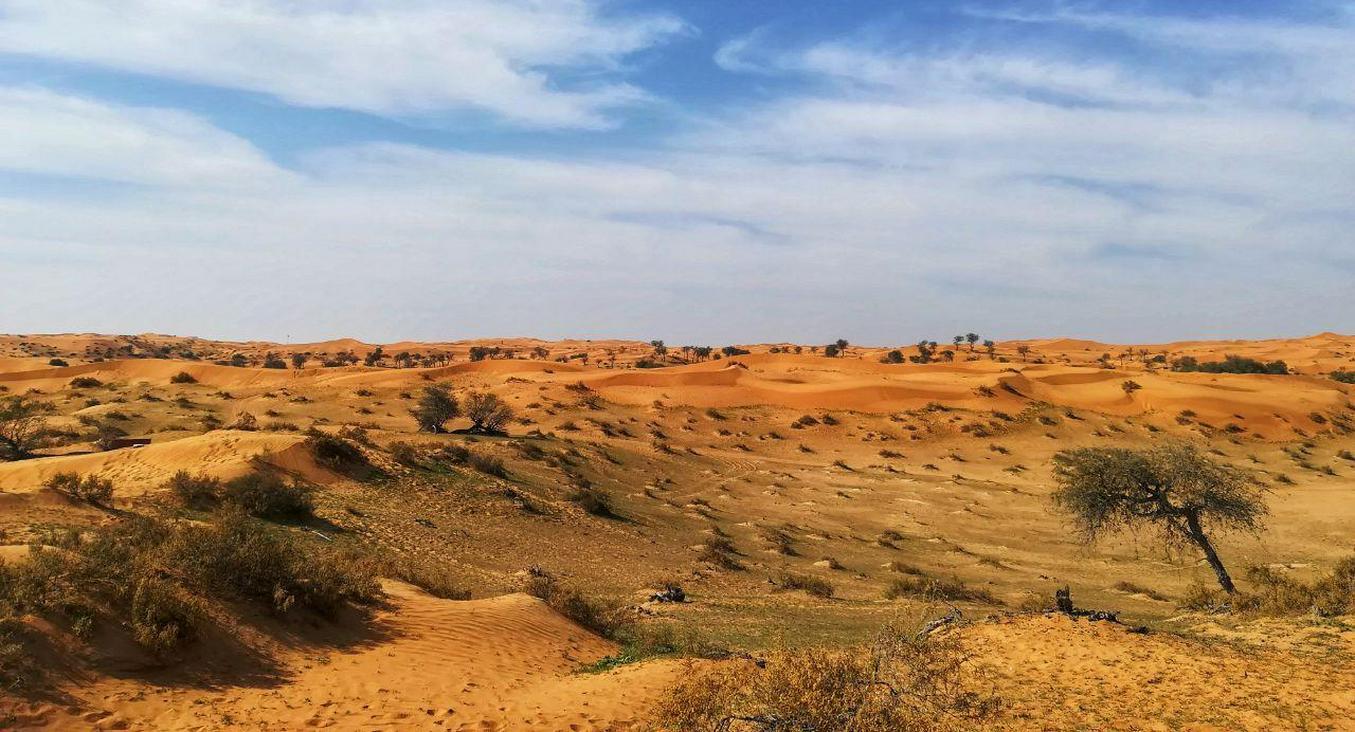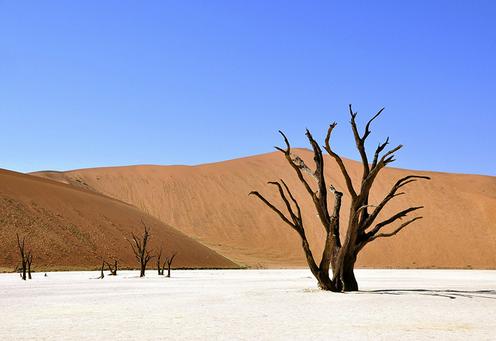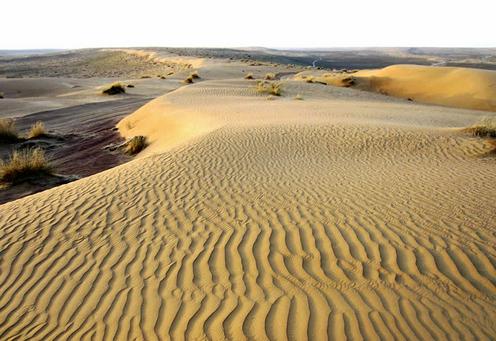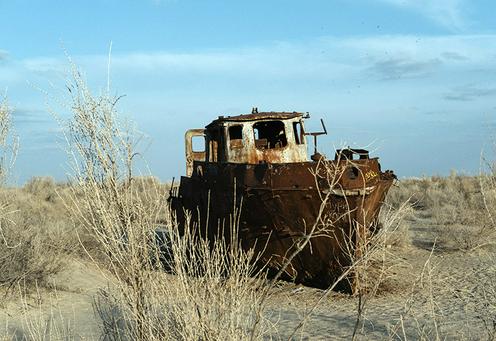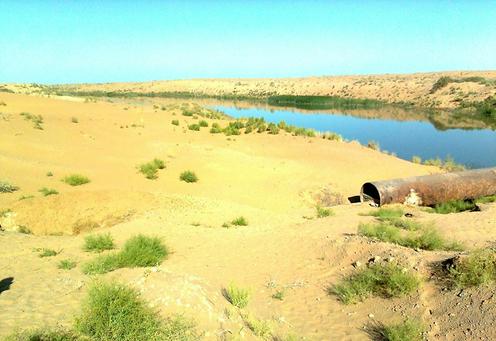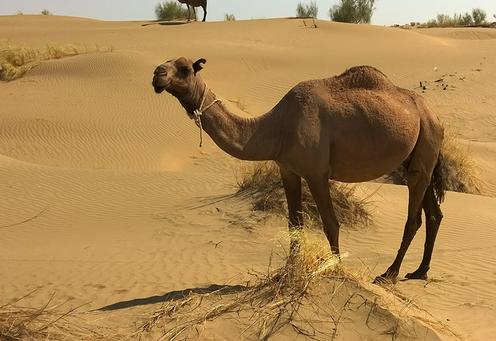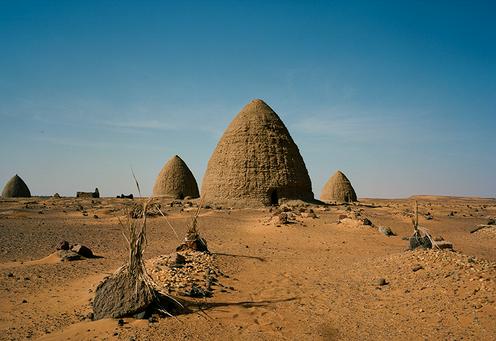The risk of desertification – the degradation of agricultural land in arid, semi-arid and dryland areas around the world – exists in many parts of the globe these days and more than 100 countries suffer from its effects. Desertification is exacerbated in a number of countries by population growth, rising human pressures and insufficient socio-economic infrastructure.
Desertification and declining soil fertility in Central Asia represent an environmental problem of global proportions. In the years since the countries of Central Asia attained independence, agricultural harvests in the region have been steadily declining as a result of soil degradation, and a large proportion of fertile lands suffer from salinization. German Stanislavovich Kust, Lead Researcher at the Russian Academy of Science’s Institute of Geography, Doctor of Biological Sciences and expert adviser to a number of international organisations (UNESCO, UN), spoke to Fergana about what further desertification and drought could mean for the region, and how acute these problems are on a global scale.
– Which areas of the planet, in your view, are most at risk from desertification?
– There are many such areas around the globe, but the most acute regions are in Africa, in the Sahel zone, which has been undergoing desertification since the 1960s, and south-western Africa, in the areas bordering on the Namibian desert. There are quite large areas too in China, India and Central and South America. And, of course, Central Asia – a region which has suffered a significant degree of desertification.
– What place does Central Asia occupy in this list?
– It’s important to understand that a region that is undergoing desertification is not just one where there is a lot of desert, but rather dryland areas that are witnessing an expansion of desert landscapes and what in English are known as “badlands” – heavily eroded, uncultivable land. If we look at Central Asia from this point of view, then the situation as a whole is significantly better than in Africa, and comparable to Central and South America, to the types of landscapes in Mexico and Argentina. It’s difficult to make a comparison with Australia, because Australians don’t tend to call what is occurring there desertification, in the full sense of the word. They prefer to think that there is some land degradation going on, but that such a developed country as Australia is fully capable of dealing with the problem. Russia, too, has a number of such pockets, but we like to think that we, too, are able to deal with it. Whereas Central Asia is something of a hotspot.
– How far does the zone at risk of desertification in Central Asia stretch? For example, from the Pamirs to the Volga?
– As I just mentioned, it’s important to remember that the zone of desertification does not include natural deserts. Desertification is always land degradation. So, if we’re talking about the area from the Pamirs to the Volga, then we have to exclude the actual deserts – the Karakum, the Kyzylkum, the Ustyurt – and include everything that is subject to land degradation. If we do that, then actually, yes, the entire territory, including desert oases but excluding currently existing deserts, comes under the at-risk zone that you just named “from the Pamirs to the Volga”.
– Can you cite any statistics to characterise the dynamics of land degradation in Central Asia?
– That’s a difficult question. There are statistics, of course, but they don’t always paint the same picture. Generally, if we’re talking about the dynamics, then it’s a fluctuating process: at one time things are getting worse, a few years later they may be improving – it depends on climatic and anthropogenic factors. If we’re talking long-term averages, then we can say that, over the last 50 years, the amount of desertified land in Central Asia has increased by 15-20%, which is obviously a negative development. But I want to stress again that the calculations are complicated. For example, if we’re talking about irrigated land – at a given moment it may become abandoned due to salinization, and in an arid climate it will, in the strict sense of the term, immediately begin to desertify. If, later on, the irrigation system is restored, then these lands will of course have to be removed from the list of desertified areas. In other words, intermittently-managed lands should not be considered desertified, if they may be restored in the foreseeable future.
– Is there any difference in the causes of desertification between Central Asia and other at-risk regions?
– Yes, of course there are different reasons, both within Central Asia itself and between different regions of the world. In Central Asia, like everywhere else, we can see a rather classic pattern of causes. Firstly, regions that are used for pasture – both arid and semi-arid land – can be subject to overgrazing. Such a danger threatens both lands adjacent to deserts and internal oases, such as those in the Kyzylkum and the Karakum. In such circumstances, we observe the spread of desert landscapes faster than the recovery of oases and similar areas. The same is true of mountain and foothill pastureland in the foothills of the Pamirs and Tian-Shan in Kyrgyzstan and Tajikistan. Another well-known problem is the incorrect usage of irrigated lands. When highly mineralised waters are used for irrigation, or there is an increase in the mineral content of ground waters, then after a certain time ever greater energy and resources need to be expended to keep the land in a suitable condition. As soon as the costs outweigh the possibilities of supporting oneself on the land, such lands are abandoned and turn into “deserts” or badlands. There is also natural desertification. This was quite common in the delta regions of the Amu Darya and Syr Darya in the times before the drying up of the Aral Sea. Riverbeds shifted, and the areas from which they had moved were swallowed by the desert. But this was a natural process. Different types of landscape were constantly replacing one another, everything was dynamic, compensated for by the appearance of flood-plains elsewhere, and balanced. But as soon as the Aral Sea started to shrink with the drop in river flow, anthropogenic desertification was underway, caused by water usage upstream.
– Was the drying up of the Aral Sea the catalyst for desertification processes in Central Asia or its result?
– Above all, of course, the result. In my opinion – and I am a firm supporter of this point of view – it was the result of the over-usage of water for irrigation in the upper parts of the Aral basin. I myself carried out calculations on the question at the end of the 1990s, and the results were very interesting: the area of the Aral Sea and other surface bodies of water in the Aral basin at that time was shrinking exactly as fast as irrigated land and drainage networks were increasing in the upper parts of the Amu Darya and Syr Darya. The correlation as very clear. Once the Aral Sea began to dry up significantly, new processes were set in motion which acted as catalysts for the subsequent stages – processes such as the lowering of the denudation base and the corresponding drainage of delta areas, the scattering of salt deposits by wind, clearly visible in satellite images. The salt is blown all over the surrounding landscape and contributes to the already high salinity of soils, hardly helping things. Besides this, dust from this area – this has been clearly demonstrated by a number of different studies – is carried to the snowy peaks of the Tian Shan and the Pamirs, exacerbating melting there.
– Are claims that all of Central Asia’s present woes originate in the days of the USSR accurate? With the mass exploitation of cotton, the construction of canals, like the Karakum Canal for example...
– You need to look at the real essence of the situation. There was a decree from the Council of Ministers of the USSR and the Central Committee of the Communist Party of the Soviet Union stating that it was necessary to develop cotton growing in the southern parts of Central Asia. It was clear that this would cause a decrease in the flow of water to the Aral Sea, but, as is typical of such grandiose projects, it was felt that this could be compensated for by diverting the flow of the northern and Siberian rivers in Russia. In theory, such a project is possible, but only the first part of it was actually implemented, and this too led to increased desertification. If the second part of the project – the redirection of rivers in Siberia – had been carried out too, while avoiding any of its potentially detrimental environmental effects, then things would probably have turned out a lot better. But we mustn’t forget what the essential role of cotton was at the time. Cotton is cellulose, which can be used to make a form of gunpowder (known as guncotton in English – translator’s note). In other words, the defensive capabilities of the Soviet Union at the time depended to a significant degree on cotton. Today the ingredients for making gunpowder can be produced synthetically, but back then, cotton in Central Asia was a strategic crop that was needed at state level. So to answer your question, we can say that, yes, the impulse for the destructive processes of desertification came under the USSR, but even today the situation has not improved one bit. For instance, if instead of modern water and soil conservation techniques, we employ irrigation techniques from the middle ages (which are of course more within the reach of simple Central Asian farmers), then we cannot expect any quick results in the fight against desertification. So there is a clear need to encourage the use of modern techniques through state support to local farmers.
– Which of the Central Asian countries is in the most vulnerable position, when it comes to desertification?
– It’s difficult for me to give an answer that covers the full range of socio-economic and environmental factors. That is really a job for an economist. But if we’re talking about the situation with respect to desertification over the last 30-40 years, which we can follow using remote data such as satellite imagery, then, in my opinion, Turkmenistan faces the most difficult situation, closely followed by Uzbekistan, simply because the total area at risk of desertification in these countries is greater, by virtue of their size. In Kazakhstan, it depends where we are talking about, with the south of the country suffering more in this respect. But in Tajikistan and Kyrgyzstan, too, the situation is not at all straightforward, taking into account their sizes and the amount of land that can be effectively employed in agriculture. In these countries, the amount of productive land is very small and it is significantly at risk of desertification.
– Are there any examples around the world of an effective fight against desertification? What approaches could work for Central Asia?
– The fight against desertification is a fight against soil degradation. There are many such examples, especially those to do with reforestation projects. In recent years, China, for example, has been active in developing such methods. Moreover, I think that these are really our old Soviet techniques, developed at the Desert Institute in Ashgabat. A huge contribution to research in this area was made by N. T. Nechaev, and A. G. Babaev also did a lot of work in this direction. In other words, methods not only for fighting desertification but also for reclaiming desert lands were devised back in the days of the Soviet Union. China has studied these methods closely and applied them very effectively on its territory. Another example is the Green Belt in Africa. In a number of countries there are active campaigns to get people to plant trees and stop the advance of desert sands. But it is not just a question of sand – the most important thing is to restore and maintain soils that have been lost to erosion, whether by wind or water. It is the presence of mature soils, which can take centuries to form, that allows the long-term accumulation of moisture for plants. Soils can be destroyed in the space of a few years, but it can take a whole century to restore them. There are a huge number of other soil-conservation techniques or techniques for sustainable land use that can be used to solve the problem. There are international databases of such methods, which can be adapted and employed according to specific territories.
– Are there any models for how things will play out in Central Asia over the next 10-20-50 years? What do they suggest?
– If we’re talking about models based on climate change, then they don’t indicate an especially favourable development, but rather a deterioration, related to rising temperatures, diminishing water resources and so on. The most vulnerable countries are Tajikistan and Kyrgyzstan, because their possibilities of adaptation to such changes are lower. But everything depends on what type of factors we include. If we add sustainable land use techniques into the model, then the chances that things will go in the right direction are quite high.
For instance, we carried out calculations for carbon emissions across different regions of Tajikistan and different methods of land use. It was clearly shown that some techniques, deemed “sustainable”, can improve the situation and others worsen it.
– What risks does desertification of the region pose in socio-economic and political terms?
– In the first place, population migrations, and we can already see this. Here we need to promote a sound regional policy. Personally I am not inclined to give a negative forecast on this front, because I know the local population well, and they are used to being resilient in the face of a whole series of difficult situations. I don’t think we should expect any major political events due to problems related to desertification, if only by virtue of the local peoples’ mentality. But if governments in the region do not act in the face of the growing threat of soil degradation, then the quality of life of people there will decline.
– Is there a risk of armed conflict over water resources in Central Asia? What about in Africa?
– There always has been a risk of this and there still is, especially after the collapse of the USSR into independent states and the advent of new, previously to a large extent merely formal borders. Minor border conflicts will continue to occur unless clear bilateral and multilateral agreements are reached – and, of course, assuming people have enough sense to avoid more major clashes. In Africa, for example, on the border between North and South Sudan, and between other countries, conflicts are a regular occurrence.
– How much time is left for Central Asian governments before they reach the point of no return, and what is the most important thing they can do to stop the spread of desert areas?
– In this respect, I’m optimistic and feel that this point won’t be reached. There’s no reason to be scared of deserts. Sandy deserts are the most productive deserts in the world, life flourishes in oases. The worrying thing is desertification, that is, the transformation of productive lands into unproductive ones – it is this that we have to stop. Population density per unit of productive land is constantly growing, especially with the kind of birth rate that we are seeing now in Central Asia. Consequently there will be conflicts and competition for land. The conclusion: we need to raise the productivity of these lands. We can’t significantly increase the area under agricultural exploitation – there simply isn’t suitable land for this and we can only do it by reviving previously abandoned land, of which there is not a lot. The only way is to promote new methods, introduce sound techniques tailored to specific locations. And we need to encourage local farmers to adopt these techniques. In order to do this, we need clear, comprehensible and transparent government policy. The point of no return depends on the sophistication of the techniques used. The point where the population density per unit productive land exceeds the capacity of the land to feed the population – that’s where the point of no return is.
Natalya Nikitina
Translated by Nick L.
-
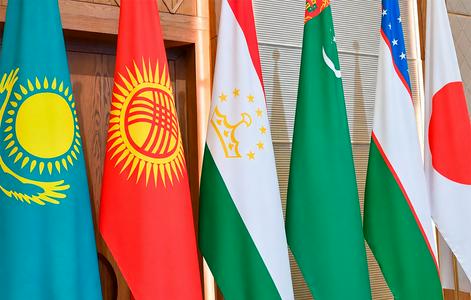 17 December17.12Sake for SixCentral Asia’s Rapprochement with Japan Comes with Hidden Pitfalls
17 December17.12Sake for SixCentral Asia’s Rapprochement with Japan Comes with Hidden Pitfalls -
 17 December17.12Gulshan Is the BestYoung Uzbek Karateka Becomes World Champion
17 December17.12Gulshan Is the BestYoung Uzbek Karateka Becomes World Champion -
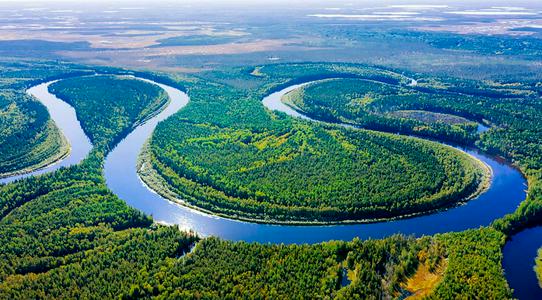 24 November24.11Here’s a New TurnRussian Scientists Revive the Plan to Irrigate Central Asia Using Siberian Rivers
24 November24.11Here’s a New TurnRussian Scientists Revive the Plan to Irrigate Central Asia Using Siberian Rivers -
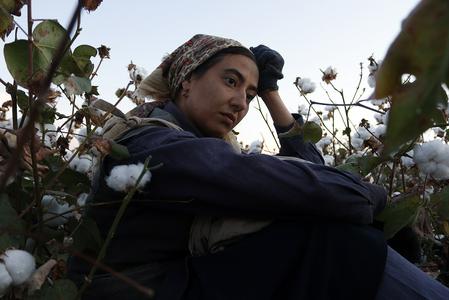 11 November11.11To Live Despite All HardshipUzbek filmmaker Rashid Malikov on his new film, a medieval threat, and the wages of filmmakers
11 November11.11To Live Despite All HardshipUzbek filmmaker Rashid Malikov on his new film, a medieval threat, and the wages of filmmakers -
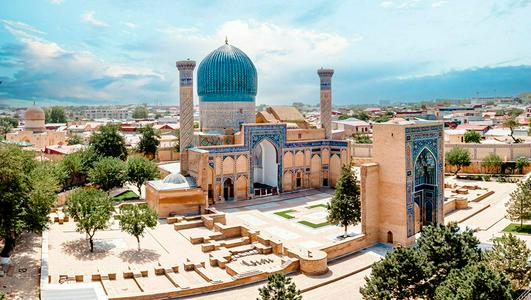 22 October22.10Older Than the Eternal CityWhat has Samarkand accomplished in its three thousand years of existence?
22 October22.10Older Than the Eternal CityWhat has Samarkand accomplished in its three thousand years of existence? -
 02 October02.10“To See the Kiswa Is Like Making a Small ‘Virtual’ Pilgrimage”Damir Mukhetdinov on the Center for Islamic Civilization in Tashkent, the Kaaba Covering, and Qurans
02 October02.10“To See the Kiswa Is Like Making a Small ‘Virtual’ Pilgrimage”Damir Mukhetdinov on the Center for Islamic Civilization in Tashkent, the Kaaba Covering, and Qurans
